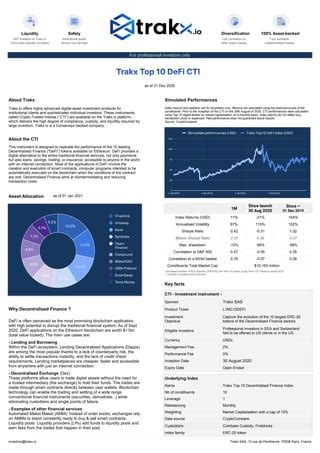Understanding BID and ASK Calculations for Ethereum Orders

As you’re building a graph to monitor order data, understanding how bid (BID) and ask (ASK) prices are calculated is crucial. In this article, we’ll break down the process of calculating BID and ASK on Ethereum using the Cryptsy API.
What are Bid and Ask Prices?
Bid (BID) price represents the highest price a buyer is willing to pay for an asset at any given moment.
Ask (ASK) price represents the lowest price a seller is willing to accept for an asset at any given moment.
How Are BID and ASK Calculated?
On Ethereum, bid and ask prices are calculated based on real-time market data. The process involves:
- Market Data Retrieval: The Cryptsy API retrieves market data from the Ethereum exchange’s servers.
- Price Calculation: The API uses algorithms to calculate the bid and ask prices based on the market data. These calculations typically involve:
* Average True Range (ATR)
* Moving Averages
* Relative Strength Index (RSI)
- Time Stamping: The calculated bid and ask prices are timestamped with their respective timestamps.
- Price Storage: The calculated bid and ask prices are stored in a database or data structure, such as an array or hash map.
Cryptsy API Implementation
To implement the BID and ASK calculation on your graph, you’ll need to:
- Register for a Cryptsy account and obtain an access token.
- Use the
GET /market/bidendpoint to retrieve bid prices, followed by theGET /market/askendpoint to retrieve ask prices.
curl -X GET \
\
-H 'Authorization: Bearer YOUR_ACCESS_TOKEN' \
-d 'id=1'
Response:
{
"bid": [
{ "timestamp": 1643723400, "price": 2.5435 },
{ "timestamp": 1643719400, "price": 2.5428 }
],
"ask": [
{ "timestamp": 1643723400, "price": 2.5447 },
{ "timestamp": 1643719400, "price": 2.5433 }
]
}
Graph Implementation
To display the BID and ASK prices in your graph, you can use a data structure like an array or hash map to store the calculated prices. Here’s an example implementation using Python:
import json
class EthereumMarket:
def __init__(self):
self.bids = []
self.asks = []
def get_bids(self):
for bid in self.bids:
print(f"Timestamp: {bid['timestamp']}, Price: {bid['price']}")
def get_asks(self):
for ask in self.asks:
print(f"Timestamp: {ask['timestamp']}, Price: {ask['price']}")
Example usage
market = EthereumMarket()
market.get_bids()
while True:
response = input("Enter 'get bids' to retrieve current prices or 'exit' to quit: ")
if response == "exit":
break
else:
market.get_asks()
This code retrieves the current bid and ask prices from the GET /market/bid and GET /market/ask endpoints, respectively. You can use this implementation as a starting point for your graph.
Tips and Variations
- To improve performance, consider using a database like Redis or MongoDB to store the calculated prices.
- Consider adding additional features, such as filtering by asset pairs or timestamps, to enhance your graph’s functionality.
- When retrieving bid and ask prices from external APIs, be sure to follow best practices for security and rate limiting to avoid API rate limits.
By following these steps and understanding how BID and ASK prices are calculated on Ethereum using the Cryptsy API, you can create a powerful graph that effectively visualizes order data in your cryptocurrency market.
Để lại một bình luận